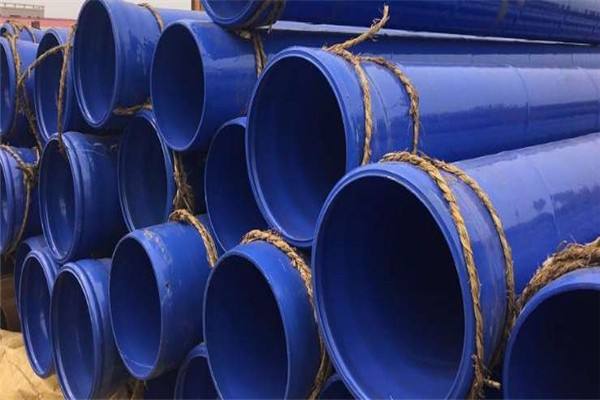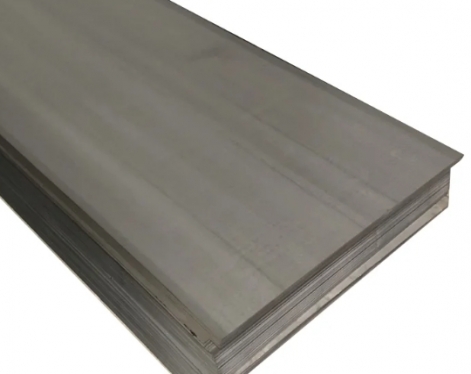Plastic-coated steel pipe, also known as plastic-coated pipe, steel-plastic composite pipe, and plastic-coated composite steel pipe. The steel-plastic composite steel pipe is based on seamless pipe or welded steel pipe, and a plastic anti-corrosion layer is welded on the inner surface of the steel pipe (bottom pipe) by spraying, rolling, dipping, and suction processes, or a plastic anti-corrosion layer is welded on the inner and outer surfaces.
1. Welding defects
Welding defects are more serious and can be compensated by manual mechanical grinding treatment. The resulting wear marks can cause surface unevenness and affect appearance. Pickling and passivating the solder front alone can also result in uneven surfaces.
2. Scratches are difficult to remove
Overall pickling and passivation cannot remove all kinds of scratches generated during processing, nor can it remove fly admixtures and other impurities attached to the surface of plastic-coated steel pipes due to dry scratches and welding flying tests. This leads to chemical or galvanic corrosion, chemical corrosion and rust in the presence of corrosive media.

3. Uneven grinding and polishing passivation
Hand polished, pickled and passivated. For large-area pieces, it is difficult to obtain a uniform and uniform treatment effect, and it is impossible to obtain an ideal uniform surface. The cost of working time and auxiliary materials is also higher.
4. Pickling capacity is limited
Pickling passivation paste is not a panacea, and it is difficult to remove the black scale produced by plasma cutting and flame cutting.
5. The scratches caused by human factors are more serious
In the process of hoisting, transportation and structural processing, scratches caused by human factors such as scratches, bumps, pulls, hammering, etc. are more serious, and surface treatment is more difficult, which is also the main reason for post-treatment corrosion.
6. Equipment factors
In the process of bending profiles and plates, scratches and creases are also the main cause of rust after processing.
7 other factors
During the procurement and storage of raw materials for plastic-coated steel pipes, the bumps and scratches caused by lifting and transportation are also serious, which is also one of the reasons for rust
1. Welding defects
Welding defects are more serious and can be compensated by manual mechanical grinding treatment. The resulting wear marks can cause surface unevenness and affect appearance. Pickling and passivating the solder front alone can also result in uneven surfaces.
2. Scratches are difficult to remove
Overall pickling and passivation cannot remove all kinds of scratches generated during processing, nor can it remove fly admixtures and other impurities attached to the surface of plastic-coated steel pipes due to dry scratches and welding flying tests. This leads to chemical or galvanic corrosion, chemical corrosion and rust in the presence of corrosive media.

3. Uneven grinding and polishing passivation
Hand polished, pickled and passivated. For large-area pieces, it is difficult to obtain a uniform and uniform treatment effect, and it is impossible to obtain an ideal uniform surface. The cost of working time and auxiliary materials is also higher.
4. Pickling capacity is limited
Pickling passivation paste is not a panacea, and it is difficult to remove the black scale produced by plasma cutting and flame cutting.
5. The scratches caused by human factors are more serious
In the process of hoisting, transportation and structural processing, scratches caused by human factors such as scratches, bumps, pulls, hammering, etc. are more serious, and surface treatment is more difficult, which is also the main reason for post-treatment corrosion.
6. Equipment factors
In the process of bending profiles and plates, scratches and creases are also the main cause of rust after processing.
7 other factors
During the procurement and storage of raw materials for plastic-coated steel pipes, the bumps and scratches caused by lifting and transportation are also serious, which is also one of the reasons for rust









